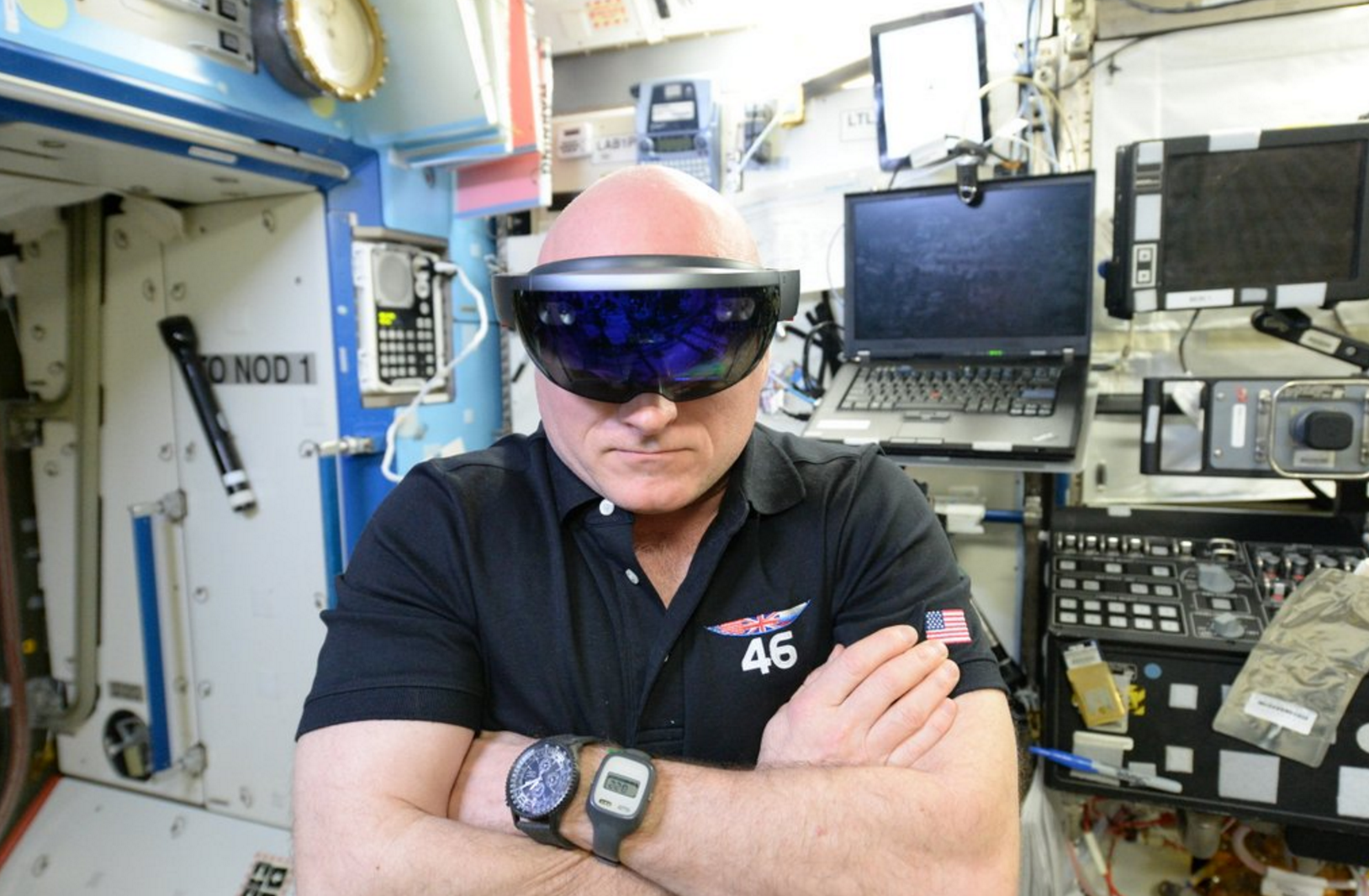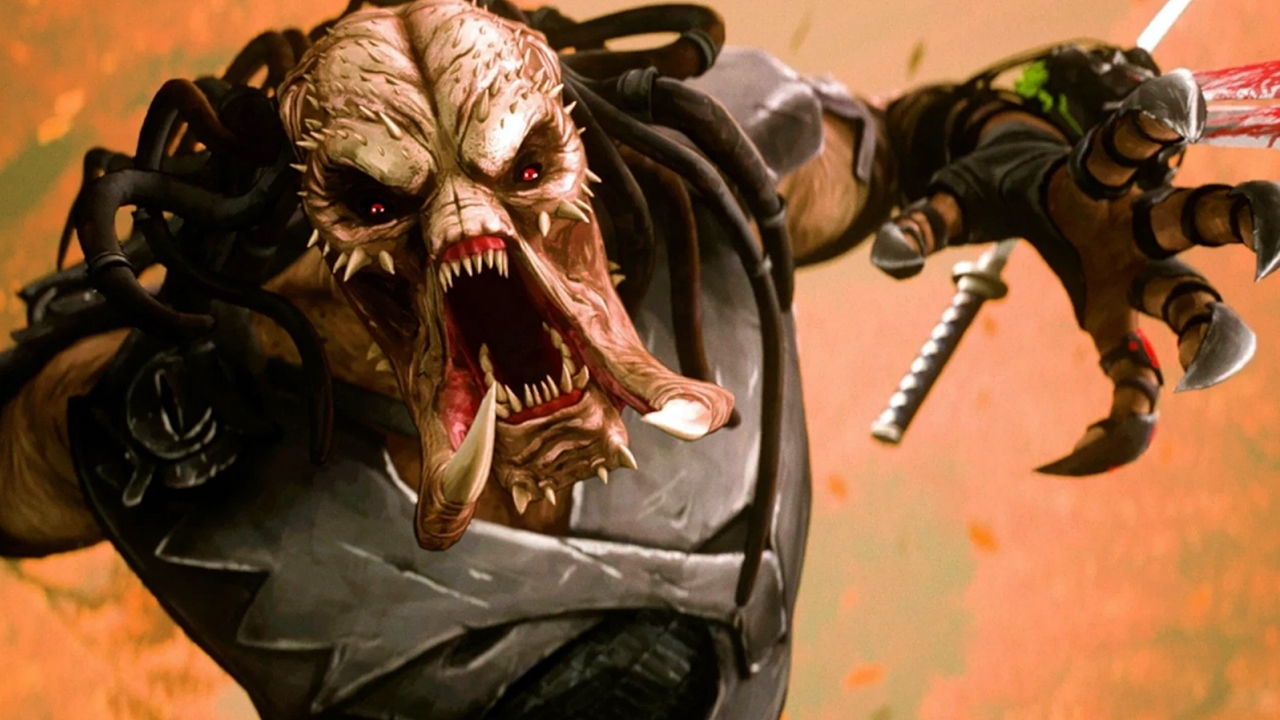Aliens Attack! Space Station Astronauts Fight VR Invasion with HoloLens

Pew, pew! While testing out a virtual reality system on the International Space Station, two humans suddenly found themselves in a battle against aliens. Luckily, the contest was all digital, with the astronauts moving around in microgravity to dodge "missiles" being fired at them.
A short video from the European Space Agency (ESA) shows an epic contest between NASA astronaut Scott Kelly, now just returned from a one-year mission in space, and ESA astronaut Tim Peake. Kelly raised his arms at the end — perhaps he was the victor? The video was released in March, and was recorded prior to Kelly returning from his one-year mission that month.
"The game was just a bit of fun where Scott and I were being attacked by aliens from all over the place and we fired our cannons by squeezing our fingers together," Peake said in the video's caption.
"We had to dodge their missiles, hence a lot of ducking and weaving going on ... much fun!"
Both astronauts are wearing the HoloLens, an augmented reality headset created by Microsoft that can overlay simulated images on the wearer's view of the real world. The astronauts were participating in Operation Sidekick, which aims to employ the HoloLens to make it more efficient for astronauts to ask for help in orbit.
The project has two modes: a "remote expert" that lets ground controllers see what the crewmember sees, so the controller can provide guidance, and a "procedure mode" that puts holographic images on top of an object the crew is examining.
"Sidekick creates a virtual reality world on the International Space Station so we can 'drop' markers, procedures or documents in one location and they will still be there if we leave the module to return later," Peake said.
Get the Space.com Newsletter
Breaking space news, the latest updates on rocket launches, skywatching events and more!
"Ground control can come into our virtual world, and we can use it for doing tasks together — for example, the VR world can point out exactly what switches to flip or which screws to loosen, [what] handles to turn and even guide us to storage locations," Peake added.
Follow Elizabeth Howell @howellspace, or Space.com @Spacedotcom. We're also on Facebook and Google+. Original article on Space.com.
Join our Space Forums to keep talking space on the latest missions, night sky and more! And if you have a news tip, correction or comment, let us know at: community@space.com.

Elizabeth Howell (she/her), Ph.D., was a staff writer in the spaceflight channel between 2022 and 2024 specializing in Canadian space news. She was contributing writer for Space.com for 10 years from 2012 to 2024. Elizabeth's reporting includes multiple exclusives with the White House, leading world coverage about a lost-and-found space tomato on the International Space Station, witnessing five human spaceflight launches on two continents, flying parabolic, working inside a spacesuit, and participating in a simulated Mars mission. Her latest book, "Why Am I Taller?" (ECW Press, 2022) is co-written with astronaut Dave Williams.
